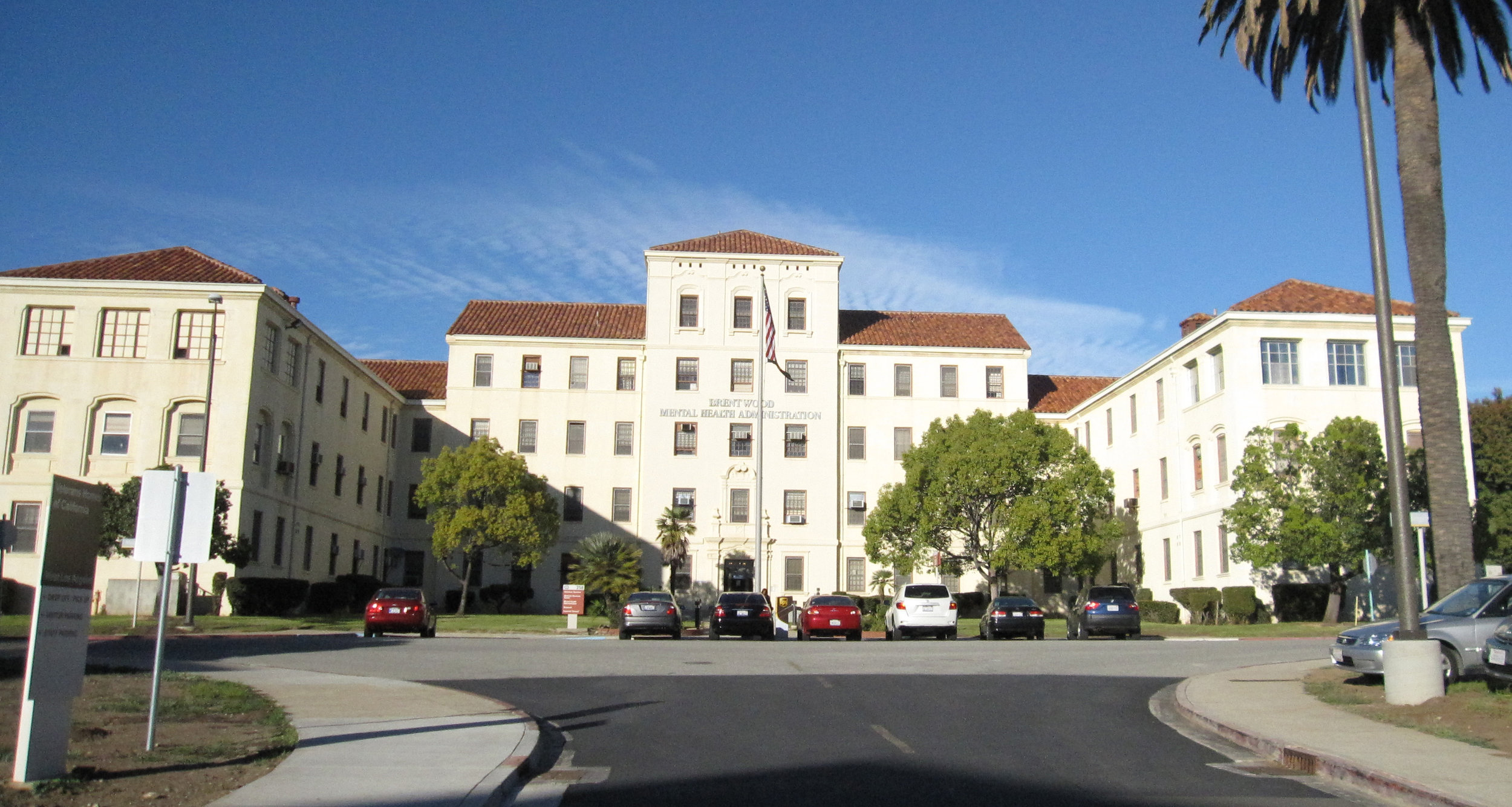Landmark Designation
Veterans Affairs West Los Angeles historic district
Los angeles, California
Chattel’s work on the VA West LA Campus has focused on review and compliance under Section 106 of the National Historic Preservation Act of 1966, as amended, as has involved consultation with the State Historic Preservation Officer, Advisory Council on Historic Preservation, Veterans Service Organizations, Native American tribes, Los Angeles Conservancy, and City of Los Angeles Office of Historic Resources.
As a subconsultant to Leo A Daly, Chattel assisted in seismic retrofit evaluations of 14 buildings. Collaborating with a team of architects and engineers, Chattel completed Section 106 review for Building 209, 205, and 208. Chattel advised the team in developing a project that conforms with the Secretary of the Interior’s Standards for Rehabilitation to streamline approval from the State Historic Preservation Officer. Building 209 was on an expedited schedule and was rehabilitated to accommodate a long term therapeutic supportive housing program for homeless Veterans. Chattel also successfully completed a new National Register of Historic Places historic district nomination, and the VA West LA Campus was listed in the National Register in 2014 with 48 contributing resources and 38 non-contributing resources. In 2016, Chattel completed a draft VA West LA Preservation Plan.
The National Register listing was featured on the National Park Service website: https://www.nps.gov/nr/feature/places/14000926.htm. Rehabilitation of Building 209 was the recipient of numerous awards including a Los Angeles Conservancy Preservation Award, California Preservation Foundation Preservation Award, Society for History in the Federal Government Award, and American Institute of Architect National Housing Award. The Advisory Council on Historic Preservation included the project in its Section 106 success stories, see: https://www.achp.gov/index.php/success-stories/west-los-angeles-va-medical-center.
sam and alfreda Maloof Compound
Rancho Cucamonga, California
Chattel was commissoned by the Sam and Alfreda Maloof Foundation for the Arts and Crafts (SAMFAC) to nominate the Sam and Alfreda Maloof Compound to the National Register of Historic Places. Sam Maloof, one of America’s pre-eminent craftsmen and furniture designers of the mid- to late-20th century, built the Compound’s first buildings in 1956 as his own house and workshop. He continued to alter and expand buildings over time, such that it became his largest woodworking project.
The National Register nomination was unique as the three contributing buildings had all been relocated in 1999 from their original site to a receiving site 2.5 miles away, selected for its similarities to the original site. The relocated buildings maintained their original relationship to each other and the 2010 listing confirmed eligibility under two Criteria: association with Sam Maloof as “an artistic figure of international prominence” and for the “exceptional architectural merit of the house and studio independent of its association with the builder/owner.” The property also met two Criteria Considerations, having been moved from its original location, and being less than 50 years of age. Chattel continues work at the Compound, advising on accessibility improvements completed in two phases in 2013 and 2015, and authoring a Historic Structure Report that addressed for the first time in a comprehensive manner appropriate treatments to protect the fragile wood buildings and their contents.
The Keeper of the National Register featured the Maloof Compound as a weekly highlight, see: https://www.nps.gov/nr/feature/weekly_features/10_11_26_Maloof_Compound.htm. The Compound was one of several historic properties effected by construction of Interstate 210 expansion through Los Angeles and San Bernardino counties, which resulted in a Section 106 success story, see: https://www.achp.gov/success-stories/maloof-site-and-caltrans.
Carousel park
santa monica, California
Chattel partnered with the local non-profit Santa Monica Conservancy and national non-profit The Cultural Landscape Foundation to nominate Carousel Park because it was threatened with demolition in two of three alternatives studied in the Pier Bridge Replacement Project. Completed in 1986, Carousel Park became a City-designated Landmark in 2018 and is the second youngest behind Paul Conrad’s Chain Reaction sculpture completed in 1989. With the Landmark designation, additional alternatives that do not impact Carousel Park are under study.
Important for its Postmodern design that incorporates whimsical motifs in a concrete ship and dragon with a head that once spouted water, lit up with lights in its eyes and made sounds, its design exemplifies a remarkable community-based design process that engaged the public. Following winter storms in 1983 that damaged the Landmark Pier, the City sponsored a design competition to address the easternmost section of Pier where it connects to Ocean Front Walk, a historic promenade that runs along the sand to Venice. Architects Moore Ruble Yudell, landscape architects Campbell and Campell, and structural engineer Office of Gordon Polon were the selected design team. Following an innovative program before adoption of the Americans with Disabilities Act, the design incorporates wood and concrete ramps to provide an accessible path between the raised Pier deck and pedestrian walkway at grade.












